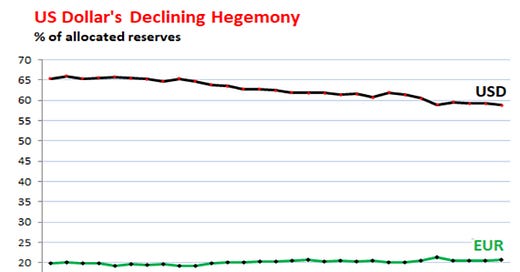If you weren’t sure about what a little volatility can do then you do now; that was the quarter that was. US equities had their worst quarter for two years, not as bad as 2020 although do we know for…
Keep reading with a 7-day free trial
Subscribe to The View from the Bridge - by BearZ to keep reading this post and get 7 days of free access to the full post archives.



